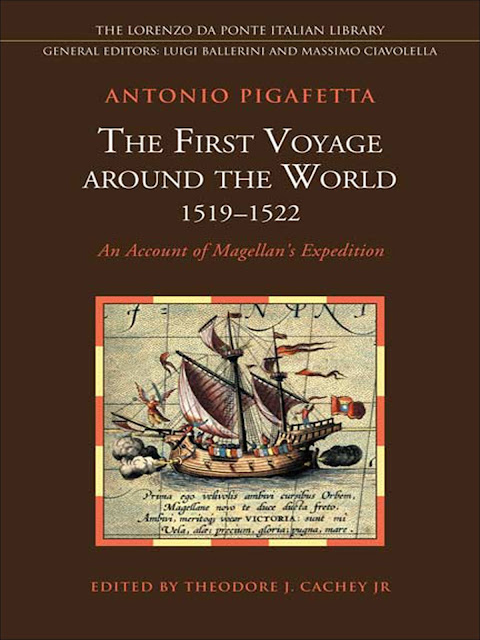On August 10, 1519, five ships departed from Seville on the first-ever tour of the planet . an outsized portion of the voyage is known because to Antonio Pigafetta, one among the few crew members who visited Spain after the trip, and is connected to the name of the ship's commander, Magellan. A classic of exploration and discovery literature, Pigafetta's the primary Voyage Around the World provides a narrative and geographic account of the journey from Patagonia to Indonesia, from the Philippines to the Cape of excellent Hope, along with 23 hand-drawn watercolour charts. The critical edition by Antonio Canova is that the foundation for this book. it's a lengthy introduction to the book as well as kind comments by Theodore J. Cachey Jr., who explores the magnificent aspects of the story by drawing parallels between Magellan's exploits and works by Shakespeare and Gabriel Garca Márquez. Contrarily, as Cachey notes, Pigafetta's novel is far more than a tale of a trip packed with marvels.
The first Voyage Around the World has a reputation among contemporary historiographers and researchers of early European-East Indian connections for being a very realistic anthropological and geographical portrayal of the circumnavigation. This beautifully illustrated edition of Pigafetta's well-known travelogue is certain to educate and inspire the imagination of new readers, even as the tale did when it was first published.
ANTONIO PIGAFETTA
Antonio Pigafetta was a scholar and explorer from Italy. He took part within the expedition to the Spice Islands conducted by explorer Ferdinand Magellan under the auspices of Emperor Charles V, also as the subsequent voyage around the world after Magellan's death in the Philippine Islands. During the trip, he supported Magellan and kept an in depth notebook, which eventually helped him translate the Cebuano language. it's the earliest written record of the language.
Out of the 240 men that began three years earlier, Pigafetta was one among just 18 who returned to Spain in 1522 while under Juan Sebastián Elcano's command. These men were the primary to complete a globe-circulation. Others resisted within the first year and came back. Pigafetta's well-preserved logbook is where most information regarding Magellan and Elcano's trip are often found. a minimum of one battleship of the Navigatori class, belonging to the Italian Navy, was given his name in 1931.
g
Pigafetta describes the people that live in the regions they've visited as "very welcoming." He also discusses the individuals they've met's cultures, traditions, and foods. i think Pigafetta did not regard them as a lesser race since, supported the report, he appears to be impressed by the people's hospitality. His thoughts about those folks are influenced by the very fact that he is a member of the expedition. Because he's with Magellan, his opinions about them could also be influenced.
Pigafetta preserved a record of his findings, but it's no longer available. However, three French manuscripts and one Italian manuscript were produced supported this original journal. European kings and queens who chose to buy their own trips to the Spice Islands were awarded them.
These four manuscripts have made it to this day. The originals are often found in libraries across the world, including the us , France, and Italy.
Ferdinand Magellan's voyage round the world in 1519-22 is chronicled in this manuscript volume, which dates from roughly 1525. The book is credited to Antonio Pigafetta, a Venetian scholar who accompanied Magellan on his journey and was born in Vincenza, Italy, circa 1490. Pigafetta kept a meticulous journal, which has since been lost. However, four manuscript versions of Pigafetta's narrative of the expedition, written between 1522 and 1525, survive: one in Italian and three in French. This French edition, from Yale University's library, is that the most complete and beautifully made of the four surviving manuscripts. There are 23 maps altogether , all of them are wonderfully created and lit. Pigafetta's work is critical not just as a source of information regarding the voyage, but also as a primary Western description of the Philippines' people and languages. Pigafetta was one among just 18 men that returned to Spain from the 240 soldiers who started out with Magellan. Magellan was killed during a combat on Mactan Island, Philippines, on April 27, 1521, which Pigafetta observed and chronicles during this work.



